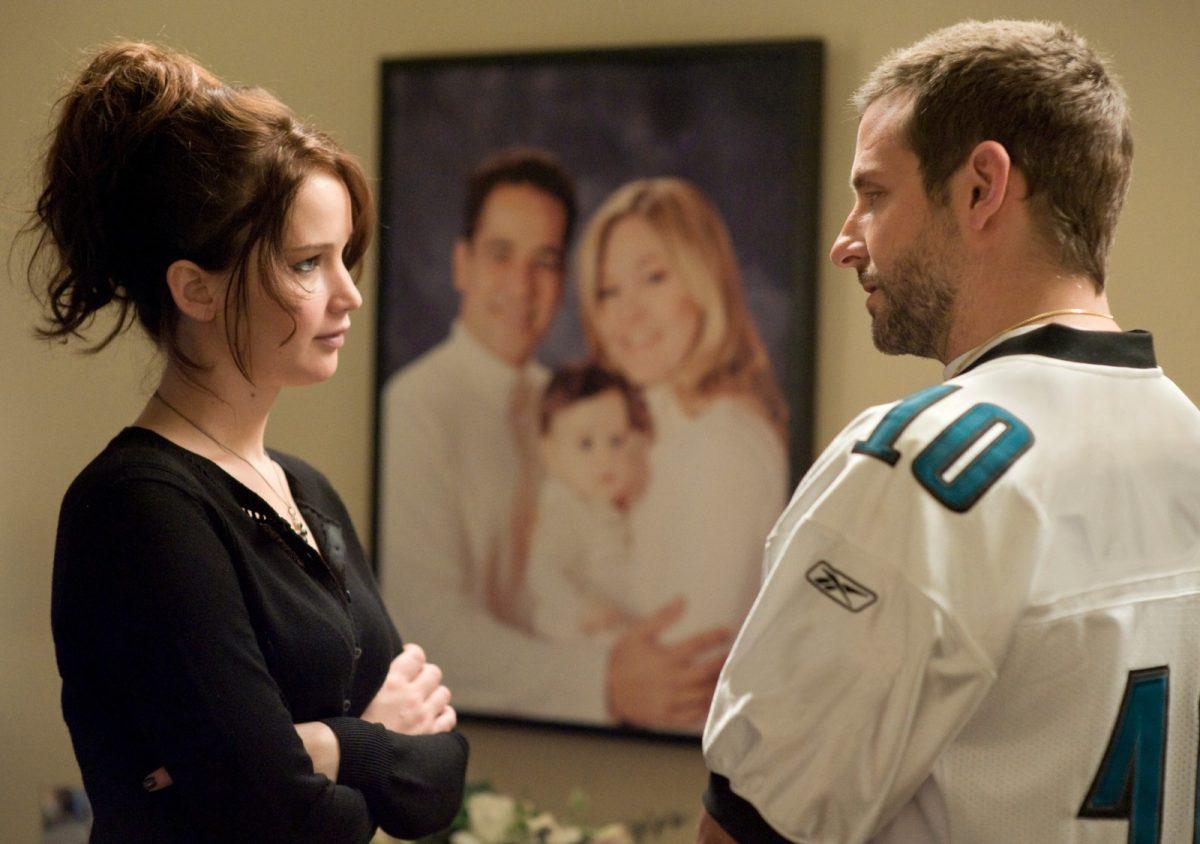Outside of a script’s capacity to make audiences feel a certain way, the ability of an actor to express emotion bring the second most important element to a film.
Imagine a dramatic scene. There is a gray sky with two lovers talking on a bench. One of them is rapidly moving their hands while the other shakes their head with tears rolling down their face. Can you see the anger in the hands? Do you feel the sadness of the one in tears? This is how a film gets you to empathize: it gives you people to relate to in a different reality.
Audiences will connect on an emotional level depending on not just the dialog, but also on the actor’s or actresses’ mannerisms expressed through their movements. Similarly, sequences involving fighting, chasing and dancing allow the film to move the audience through each punch or step captured on-screen.
The action in film seems so real, doesn’t it? Every punch is accompanied with the chilling noise of fist smacking bone and a noticeable jerk from the guy getting hit! True masters of the craft know how to create these sequences perfectly with just the right amount of action and enough visual stimuli for the audience to live through the characters.
It’s amazing how sequences, which feature large-scale battles between armies, are filmed. In films like The Raid: Redemption (2012) or Taken (2008) every facet of the film is realistic. They are both series that keeps the audience hooked, because every shot, kick, and punch is portrayed in a realistic manner. Their action sequences are praised, and audiences love realism done right.
Aside from battles on-screen, the art of dance lends itself to the film genre well. Dance movies receive some of the most uniquely choreographed moments in the history of cinema. This includes moments of pure suspense and beauty. Dances are performed in tandem to the beats of the musical accompaniment. This sequence allows a seamless transition between the music playing and the dancers moving, and can spark a wide range of emotion.
Silver Linings Playbook (2012) has such a moment near the end of the film; both protagonists are finally participating in a dance competition and the piece they dance to is a medley of multiple genres of music allowing different dances and emotions to mix.
Dancing is one of the most difficult sequences to bring to the screen; it requires full commitment not just to the music, but also to the emotions of the dancers’ performances, which is why many directors find the greatest joy in showing the beauty of the dance.
Without movement, a film can’t receive the push it needs to move forward, develop relationships, and eventually allow different emotions to blossom. With movement, it’s all about creating that feel of realism without challenging the constructs of what is real. Reading a script is one thing, but putting bodies into performances for certain scenes to stand out evokes expressive reactions from the characters and the audience.
Next time you see a movie, take a moment to see how Hollywood expresses themselves through their moving pictures.




























